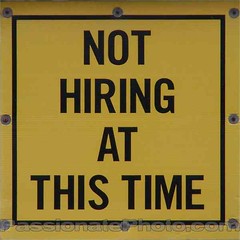The News Journal recently examined the potential consequences of implementing a national sex offender registry:
The Adam Walsh Act, signed into law by President George W. Bush in 2006, goes into effect later this year and aims in part to smooth out some of those issues by applying a uniform national classification system and implementing a national registry.
Some observers argue that while one-size-fits-all penalties and overly broad classifications may sound good politically, they’re not truly effective in preventing recidivism.
Commentary by University of Delaware sociologist Chrysanthi Leon and Ohio Northern University criminologist Keith Durkin:
“You’ve got a small group of offenders who commit lots of new offenses,” said Chrysanthi Leon, a University of Delaware assistant professor of sociology and criminal justice. “We need to do a better job of distinguishing among the bigger group of offenders, and dedicate more of our resources on this smaller group of high-risk offenders.”
Instead of looking at offense-based criteria, Leon said, the ideal classification system would involve individual assessments of each offender for factors that can increase the potential for repeat offenses.
Those factors include whether force was used, how the offender manipulated his or her victims and the age of the victims, Durkin said.
The current system, he said, leads to police and probation officers getting overwhelmed by the sheer volume of offenders to monitor.
“They’re really trying,” he said. “But they’ve got this huge caseload.”




 A recent piece in the
A recent piece in the 


